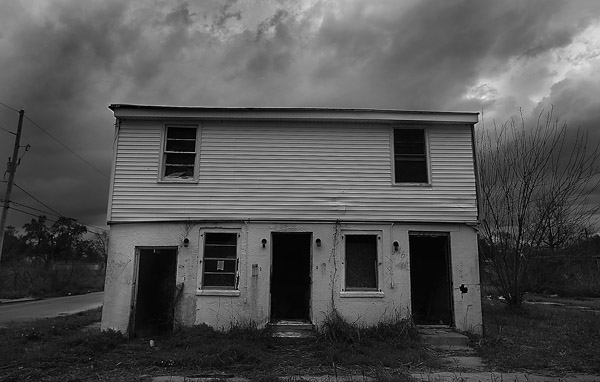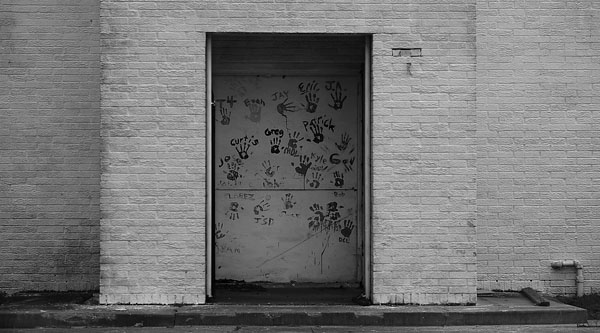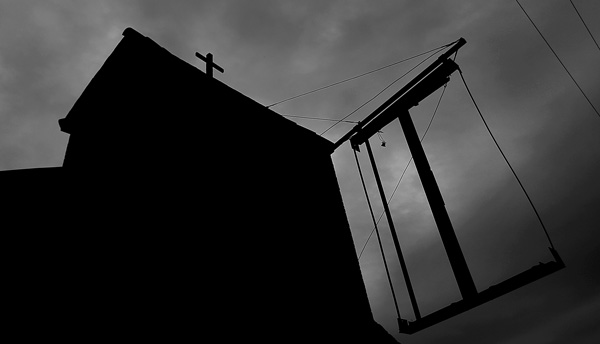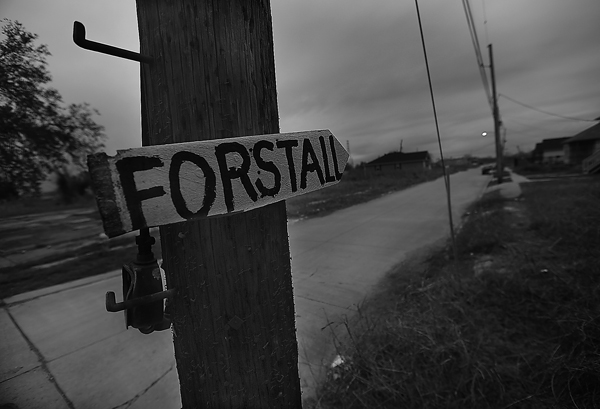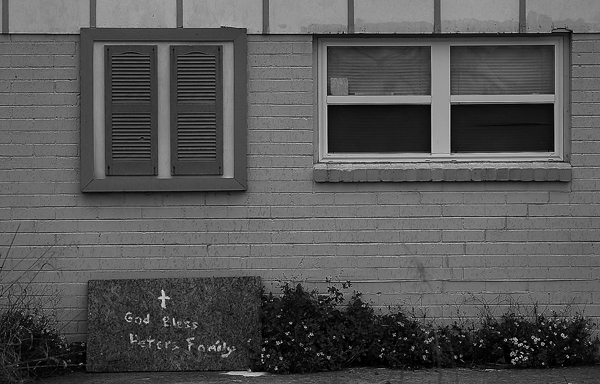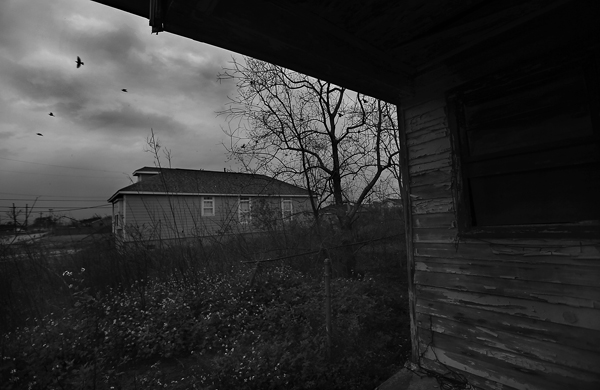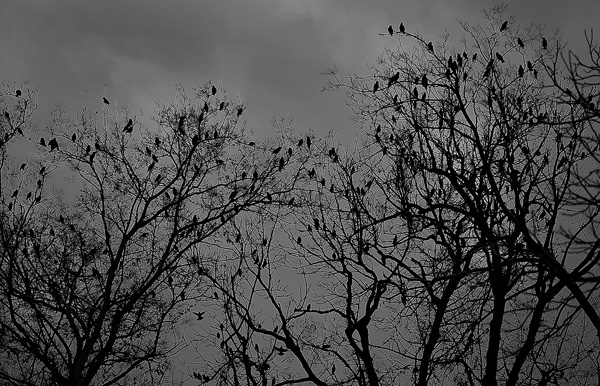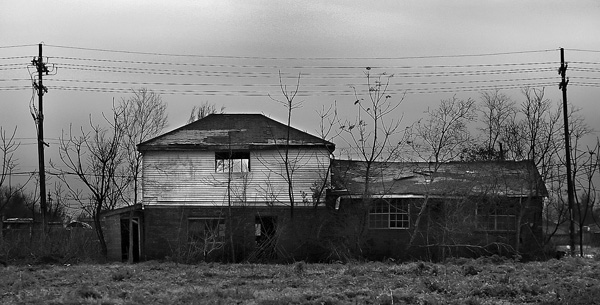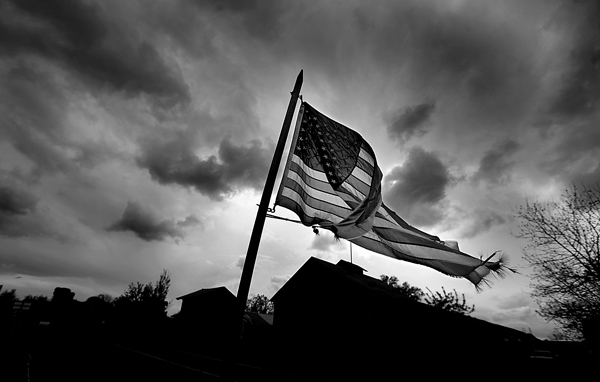After five days of continuous Super Bowl coverage, I wanted to get away from the hype of the French Quarter, television cameras, large crowds and commercialism that surrounds an event like the Super Bowl. I’m sure the festivities were good for the city and brought in a much needed boost of revenue, but there’s more to life than just sports. On Monday I headed to the Lower Ninth Ward in New Orleans.
As category five Hurricane Katrina roared in to New Orleans on August 29, 2005, the nation was riveted as the storm wreaked havoc and devastation when mother nature lowered the boom in the Lower Ninth Ward, east of downtown New Orleans.
The Lower Ninth Ward was named so in 1852 and runs from its western Industrial Canal boundary to its eastern perimeter on the St. Bernard Parish, boxed in by Jordan street to the WNW along the Industrial Canal, Florida Street bordered by the Main Outfall Canal to the east, Delery Street to the southeast and St. Claude Ave. to the south and west. Post Katrina, 5,500 residents, one third of its pre Katrina population, live in the 1.59 square mile area, the largest ward in the city.
It’s hard to pinpoint, but roughly 66 people died in the Lower Ninth due to the storm and it’s lingering effects. “Lower” refers to the Wards location towards the mouth of the Mississippi and “below” the rest of New Orleans. Most of those that perished were elderly and lived near where the levees were breached by storm surge. Two-thirds were believed to have drowned.
Armed with a map, I navigated my way across the city, not before taking a few wrong turns and eventually found myself in the middle of once was a thriving neighborhood rich in character. What I found these eight years after the hurricane, were empty lots and door stoops that led to nothing but sky. There are new homes going up which are stilted, but the area looks to be having a difficult time coming back.
I was struck by the visual appearance of loneliness of the Lower Ninth, the abandoned flood ravaged homes and leafless winter cottonwoods.
The cloudy sky added to the disparity of feelings. One can only guess to the hardships of Ninth Ward residents, who were left to pick-up the pieces of what the disaster wrought on their lives.
Truly sobering.
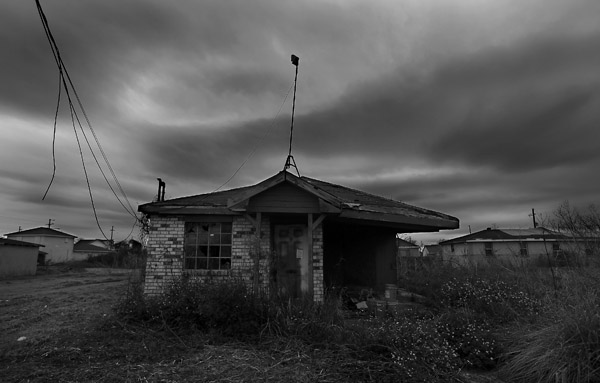
Abandoned and flood damaged, many homes in the Lower Ninth Ward are abandoned eight years after Hurricane Katrina made land fall. (Kent Porter / Press Democrat) 2013
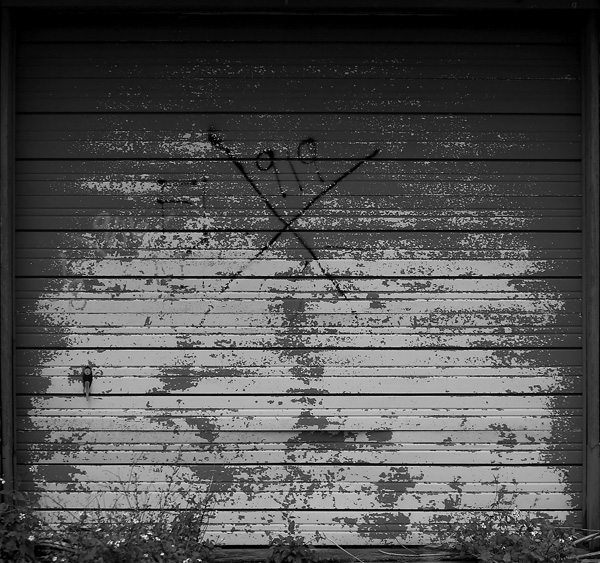
Faded and weatherbeaten, an X marks a home that was searched for victims in the aftermath of Hurricane Katrina in the Lower Ninth Ward. (Kent Porter / Press Democrat) 2013
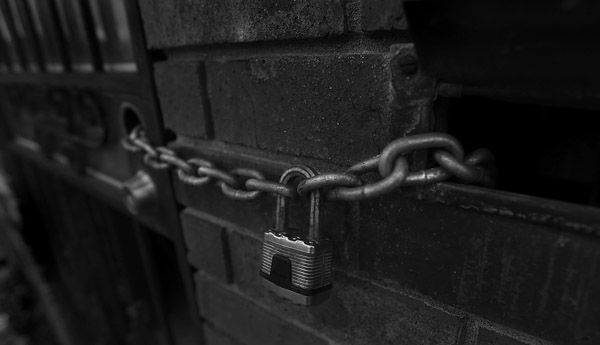
A padlock secures the front entrance to a home that was gutted by flooding in the Lower Ninth. (Kent Porter / Press Democrat) 2013

Although hundreds of homes have been razed, there are many that are standing but deteriorating in the Lower Ninth. (Kent Porter / Press Democrat) 2013
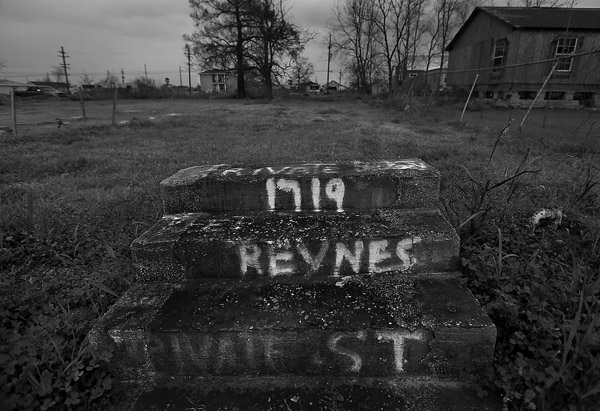
Residents marked their land the best they could in the Lower Ninth Ward. (Kent Porter / Press Democrat) 2013

Newer homes dot the landscape, but foundations of homes razed still remain in the Lower Ninth Ward. (Kent Porter / Press Democrat) 2013
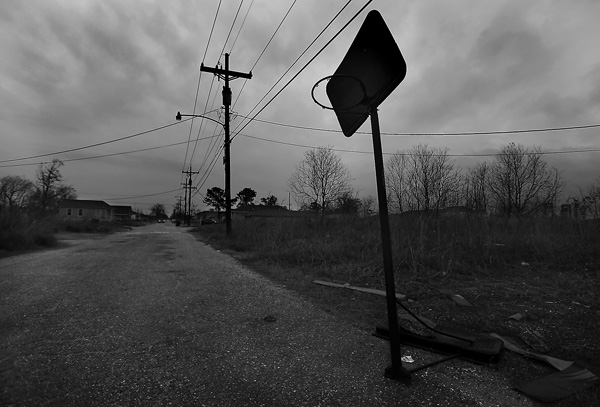
A basketball hoop that has seen better days in front of a vacant lot in the Lower Ninth. (Kent Porter / Press Democrat) 2013
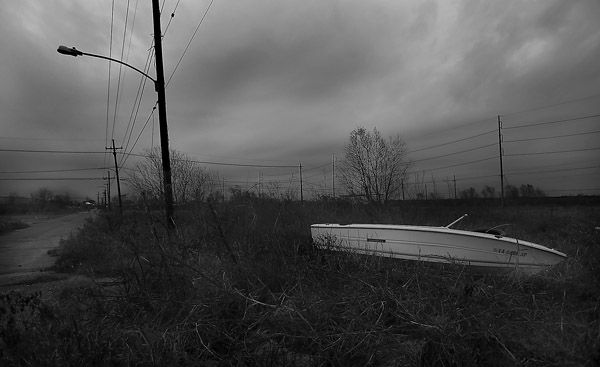
Washed in from the Hurricane Katrina? Or dumped after the storm in the Lower Ninth. (Kent Porter / Press Democrat) 2013
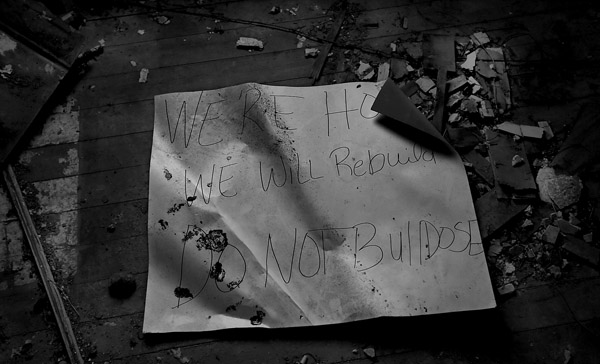
A sign in an abandoned and flood damaged home in the Lower Ninth Ward. (Kent Porter / Press Democrat) 2013
There are other things noticeable too. Very few people in the area were traversing the streets which felt much like a deserted island. I talked to one gentleman about 23 years-old, who had a thick Jamaican accent. He said the area is “lonely at times”. People dump garbage and tires in heaps on vacant land and snakes are abundant, living in thickets created as nature takes over what was once a wetland to begin with. At least one newspaper article from the New York Times mentioned that a resident saw a four foot long alligator drinking from a fire hydrant.
On Monday Feb. 4, a body was found in one of the overgrown lots. I saw the police cars, but didn’t check it out. I found out later by watching the local news. Will nature indeed reclaim the area? Or will people eventually re-inhabit the Ward in what was wiped away by Katrina? I only wish that I’d had more time to spend in the Lower Ninth Ward.
-Kent Porter



